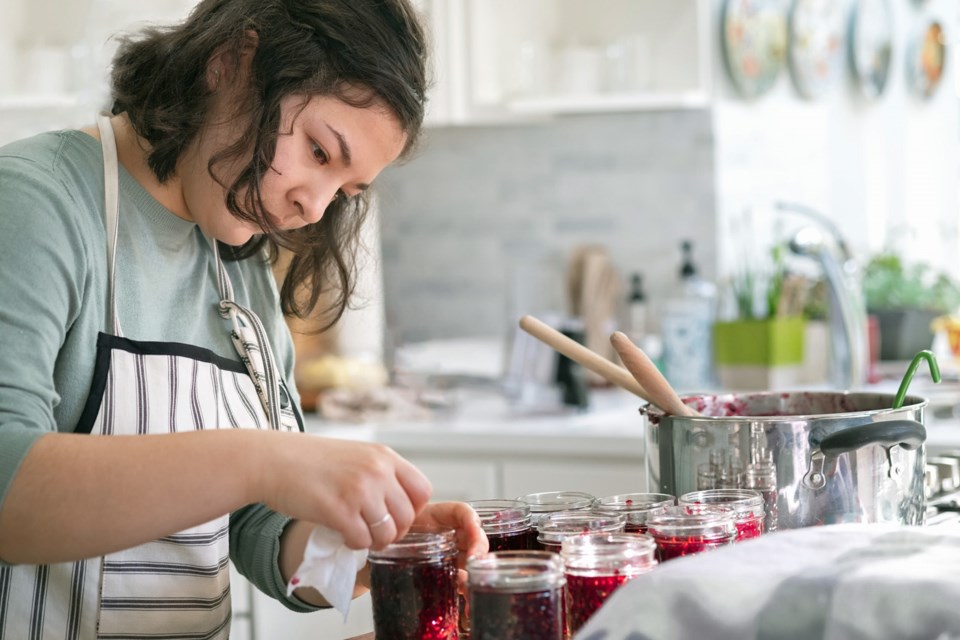Tis the season for canning and it is important to understand how to can safely. There are several canning methods, and family canning recipes are often handed down multi-generations, but many people don’t know about the importance of Ph levels when canning and how dangerous improper canning practices can be. All foods fall somewhere on the Ph scale of alkaline or acidic (or somewhere in between called neutral). The Ph level of the food is what makes it safe or potentially hazardous or even fatal when canned. I had to learn about safe canning methods when I wanted to ensure my turmeric ginger tonics had a stable shelf life. I first had to have them tested for their Ph level to make sure it was in the safe zone (lower than 4.6). Knowing the Ph value of the food you are canning is a very important safety measure.
Even though many people believe eating an alkaline diet is healthier than an acidic diet, this is not the case when it comes to home canned goods. If your canned food is too alkaline (higher Ph than 4.6), botulism could grow in it if the botulism spores are present on the surfaces of fruits and vegetables you are using. The spores themselves are relatively harmless but given the right environment (in a canned product with low acid levels), they can grow into active bacteria and produce neurotoxins. Unfortunately, contaminated food can look, smell, and taste perfectly normal.
According to the CDC and US Food Safety & Inspection Services, food-borne botulism contains a nerve toxin that can cause serious paralytic illness and even death after the ingestion of canned foods where the Clostridium botulinum is present. With better canning practices than 50 years ago, it is relatively rare these days, but botulism can still be fatal. If you suspect that some of your canning may not be safe, place jars in a canning pot on their side, bring to a boil for 5 minutes and discard when cooled without opening them.
To be safe, check the Ph of your food before canning it. Some alkaline veggies include cucumbers, peppers, beans, corn, garlic, onions, asparagus, beets, potatoes, and root vegetables. Alkaline veggies need to be canned in a salt and/or vinegar brine to create a safe environment and prevent botulism spores growing into the deadly toxin. Alkaline fruits like melons, blueberries, pears, peaches, apricots and many others need lemon juice to lower the Ph. Even though lemon juice is acidic, it becomes alkaline in our digestive tract and won’t contribute to a build up of acid in our system. Canning low acid foods in a pressure cooker is definitely safer than in a water bath.
Please look online or get out a good canning instructional book from the library to learn safe canning practices before you start with this amazing food preparation and storage method. In a future article I will discuss the health benefits of eating an alkaline diet.
Claire Nielsen is a health coach, author, public speaker and founder of www.elixirforlife.ca. The information provided in the above article is for educational purposes only and is not a substitute for professional health and medical advice. Please consult a doctor or healthcare provider if you're seeking medical advice, diagnoses and/or treatment.



